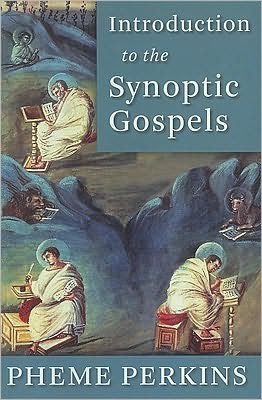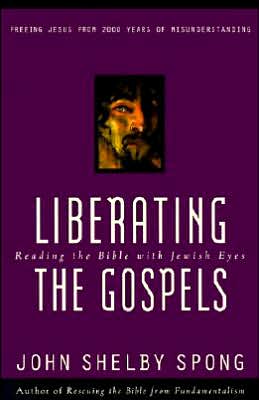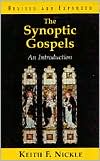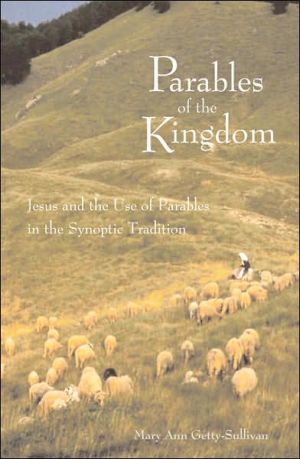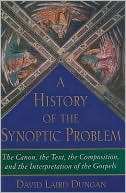Introduction to the Synoptic Gospels
In this book respected New Testament scholar Pheme Perkins delivers a clear, fresh, informed introduction to the earliest written accounts of Jesus — Matthew, Mark, and Luke — situating those canonical Gospels within the wider world of oral storytelling and literary production of the first and second centuries. Cutting through the media confusion over new Gospel finds, Perkins's Introduction to the Synoptic Gospels presents a balanced, responsible look at how the Gospels of Matthew, Mark, and...
Search in google:
In this book respected New Testament scholar Pheme Perkins delivers a clear, fresh, informed introduction to the earliest written accounts of Jesus - Matthew, Mark, and Luke - situating those canonical Gospels within the wider world of oral storytelling and literary production of the first and second centuries. Cutting through the media confusion over new Gospel finds, Perkins's Introduction to the Synoptic Gospels presents a balanced, responsible look at how the Gospels of Matthew, Mark, and Luke came to be and what they mean.
Abbreviations ixGeneral Bibliography xiIntroduction xiiiwhat Is a Gospel? 1Ancient Biography 2Gospels and Apostles-A Key Combination 11Mark's Innovation: Framing the Ministry and the Passion 17Matthew and Luke Improve on the Model 18Note: Alternate Suggestions for Genre 23Note: The Four-Gospel Canon 26Books and Believers in Early Christianity 31Early Christianity as an Explosion of Texts 32How Books Were Written 37How the Gospel Texts Have Come Down to Us 41When Texts Differ; What the Text Critic Contributes 43The Septuagint: Scripture Cited in the Gospels 47Marcion and the Idea of a Second-Century "Canon" 51The Quest for Sources 54From a Synopsis: Comparing the Synoptic Gospels 56From Q and the Gospel of Thomas to Sayings Gospels 67Q 85Is It a Gospel? 85Strata in Q 90The Community Responsible for Q 92Form Criticism 96The Shape and Function of Sayings and Stories 96Sayings Material 98Parables and Similitudes 105Miracle Stories 114The Passion Narrative 119The Gospel of Peter and the Development of the Passion Narrative 121Reading Mark's Gospel 126From Beginning to End: Mark's Narrative Shape 127Literary Features of Marks Narrative 133Characters in the Gospel 142Jesus in Mark's Gospel 149The Community Implied in Mark's Narrative 153Endings Added to the Gospel of Mark 156A Secret Version of Mark? 158Reading Matthew's Gospel 164From Beginning to End: Matthew's Narrative Shape 166Literary Features in Matthew's Narrative 176Characters in the Gospel 181Jesus in Matthew's Gospel 189The Community Implied in Matthew's Narrative 193Jewish Christian Gospel Traditions 197Reading Luke's Gospel 202From Beginning to End: Luke's Narrative Shape 204Literary Features of Luke's Narrative 213Characters in the Gospel 221Jesus in Luke's Gospel 232The Community Implied in Luke's Narrative 240Mary Traditions and Other Infancy Gospels 244The Reception and Revision of the Gospel of Luke 250Gospels from the Second and Third Centuries 254A Mixture of Traditions: Oral and Written 256Apocryphal Gospels and Reading the Synoptics 262Gnostic "Gospels" from the Second and Third Centuries 268The Gospel of Judas 278P. Berol. 22220: The "Gospel of the Savior" 281The Question of Genre Revisited 287Index of Modern Authors 294Index of Subjects 296Index of Ancient Sources 300
